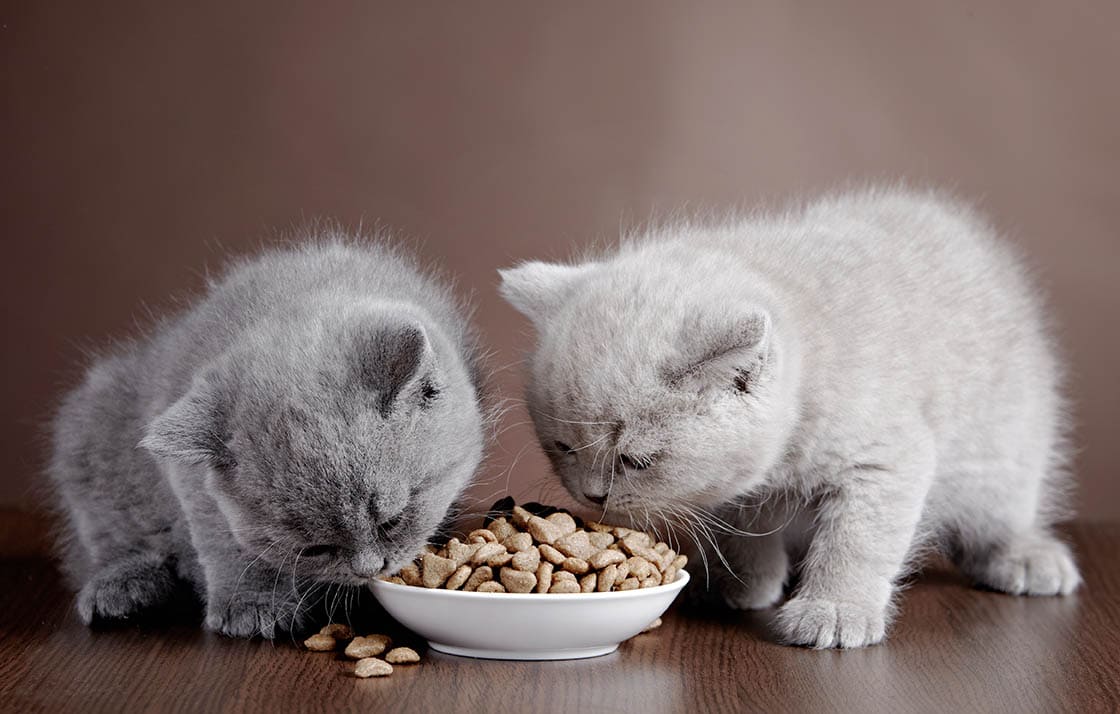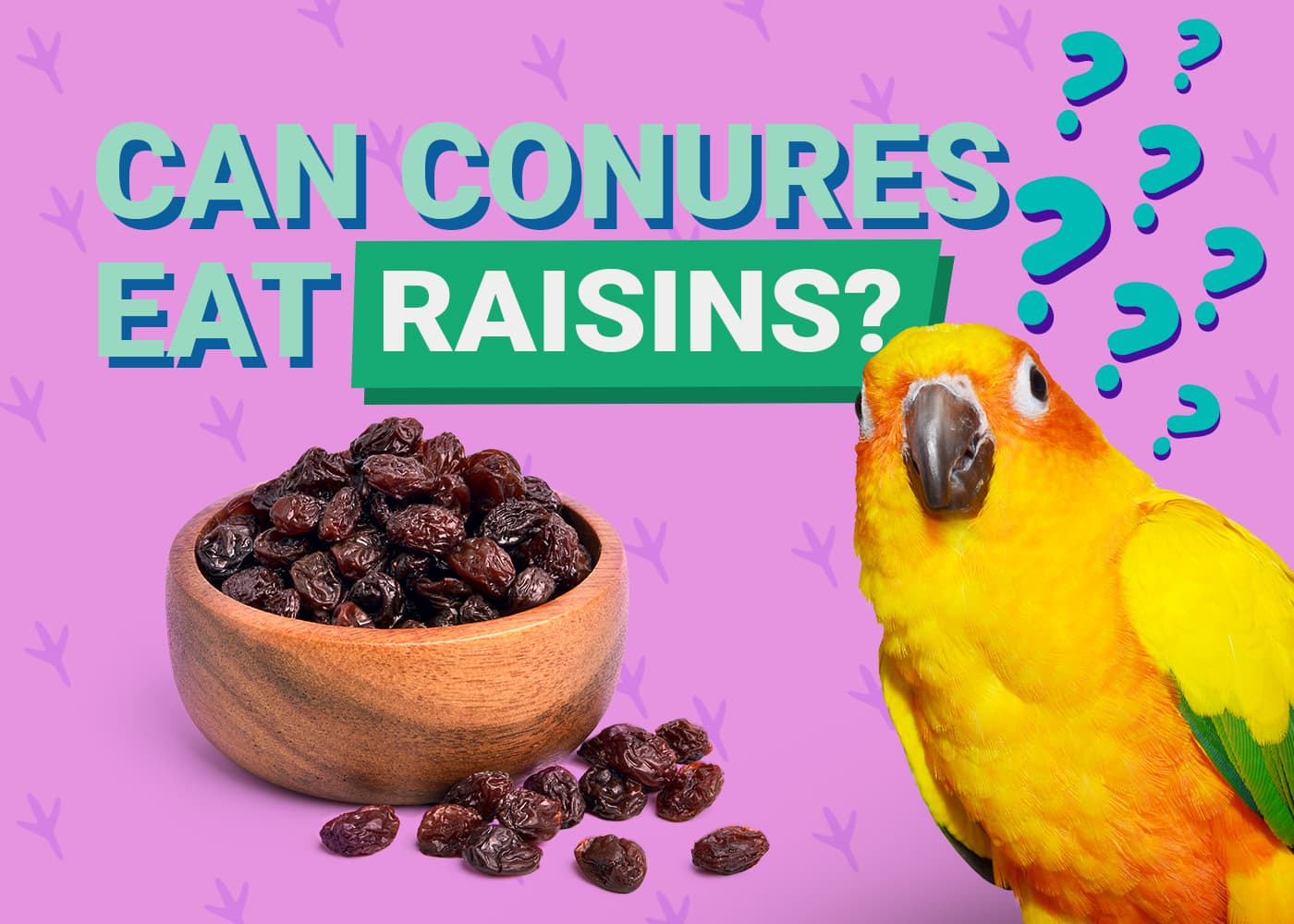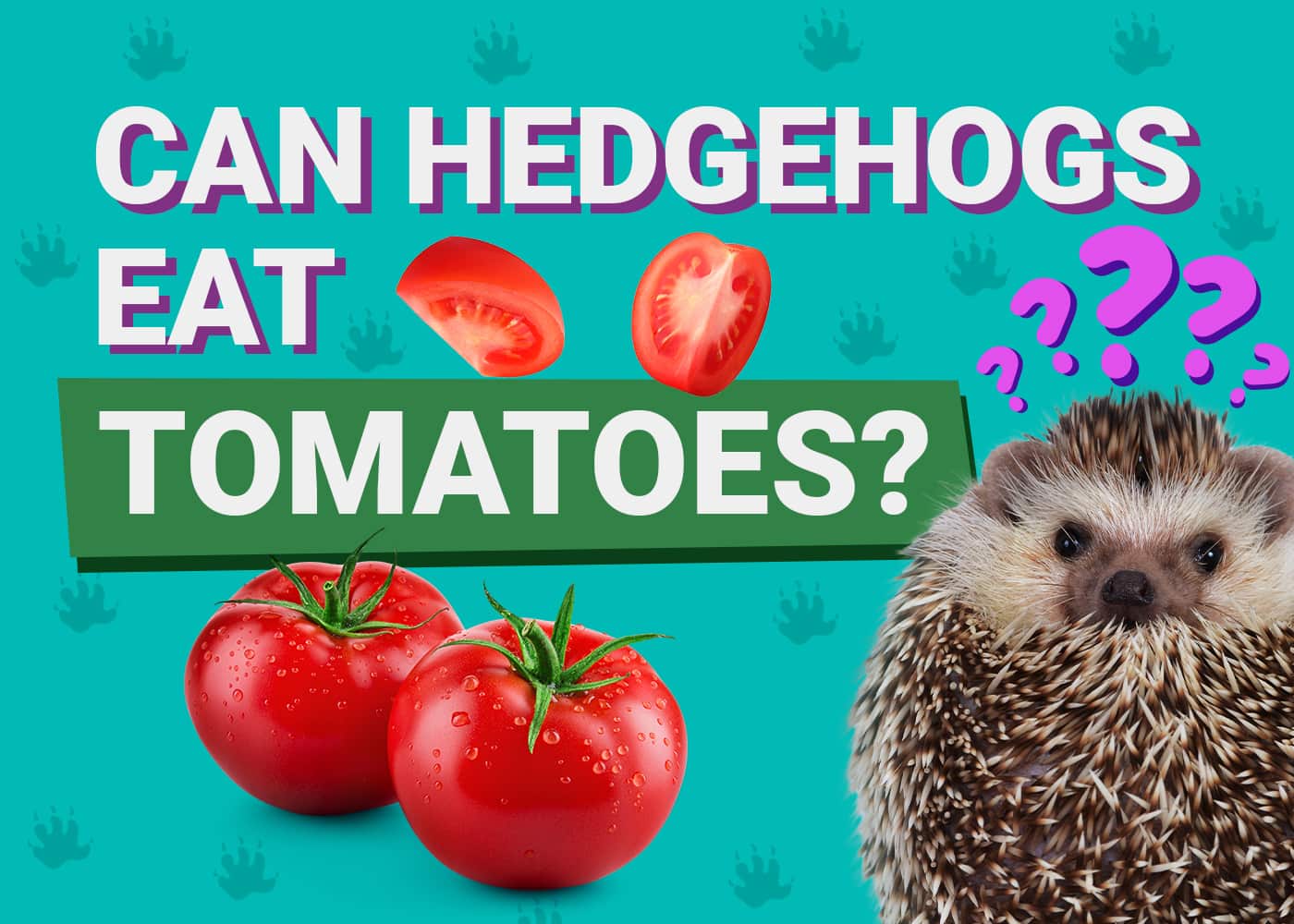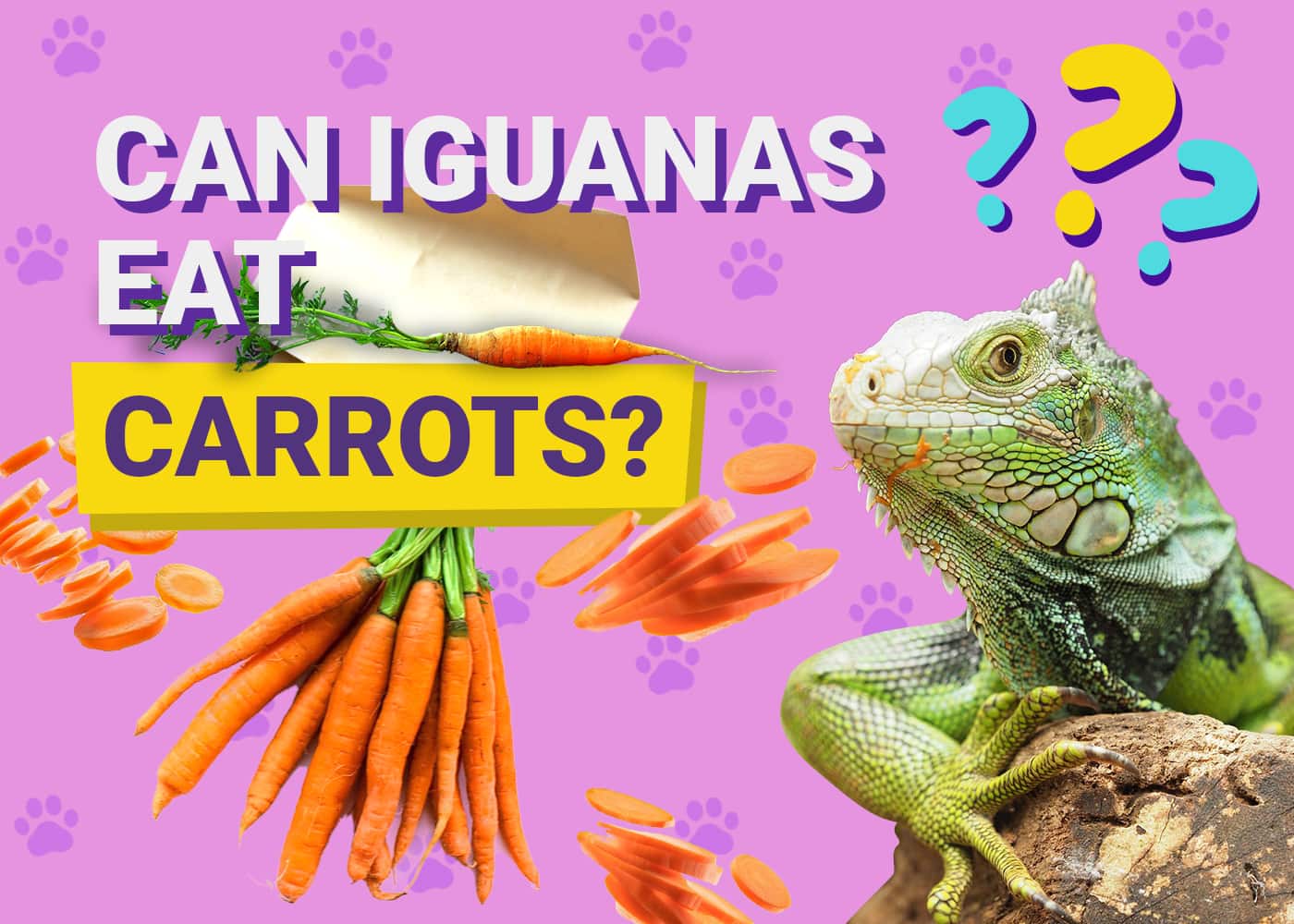VET APPROVED

The information is current and up-to-date in accordance with the latest veterinarian research.
Learn more »Click to Skip Ahead
Kittens get all their nourishment from their mothers for the first few weeks of life. Most start exploring solid food and water when they’re around 4 weeks old, and there’s a transition period during which they consume milk and kitten food at the same time before moving on.
By the time they’re about 6 to 8 weeks old, kittens are almost completely independent of their mother, though many will still suckle if given the opportunity. Kittens’ hydration needs are also met through their mother’s milk before they’re weaned. They usually start drinking water on their own around the same time as they begin to eat solid food.

How Long Does It Take for Kittens to Reach Maturity?
It depends! Kittenhood lasts about 1 year. However, it takes some breeds far longer to be considered fully grown. Maine Coon or Siberian cats, for instance, can take up to 4-5 years to be considered to have stopped growing.
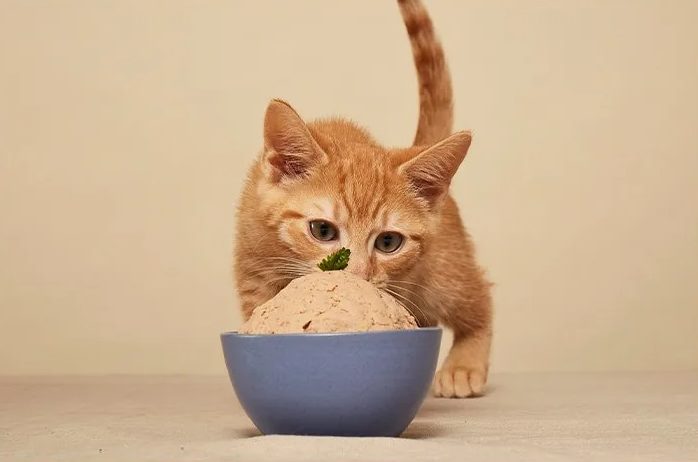
What Are the Major Milestones in Kittens’ Lives?
When kittens are born, their eyes and ears are closed, and most weigh just a few ounces. They usually spend most of their time sleeping and rely on smell to understand the world and find their way to their mother’s milk. By the end of the first week, healthy kittens generally weigh about twice as much as when they were born, and their eyes begin opening when they’re around 8 or 12 days old.
Kittens can hear and see reasonably well by the end of week 3, but they still lack coordination. They usually start playing and interacting by the time week 5 rolls around, and, remarkably, litterbox skills are locked in around the same age. Kittens begin to move with more coordination around week 6 and often become super active when they are 7 weeks old.
Most start teething when they’re around 3 weeks old, and they usually have a full set of baby teeth by 7 or 8 weeks. Whilst all kittens start out with blue or gray eyes, their true eye color starts to appear when they are around 8-9 weeks old. Most are ready to go to their new homes when they’re around 8 weeks old, but there are a lot of behavioral benefits to them staying with their littermates until they are 10-12 weeks old.
How Does the Weaning Process Work?
A nursing cat usually initiates weaning by introducing her kittens to her food while at the same time reducing her availability for nursing. Curious kittens are generally interested in exploring the world, so most don’t need much encouragement to sample a bite or two of wet food. For this reason, it is always a good idea to have been feeding the mother cat (Queen) with some kitten food before and after she gives birth, so that the food she is eating is also the food that the kittens will wean onto, making it a smoother transition, and much less likely for the kittens to get upset tummies.
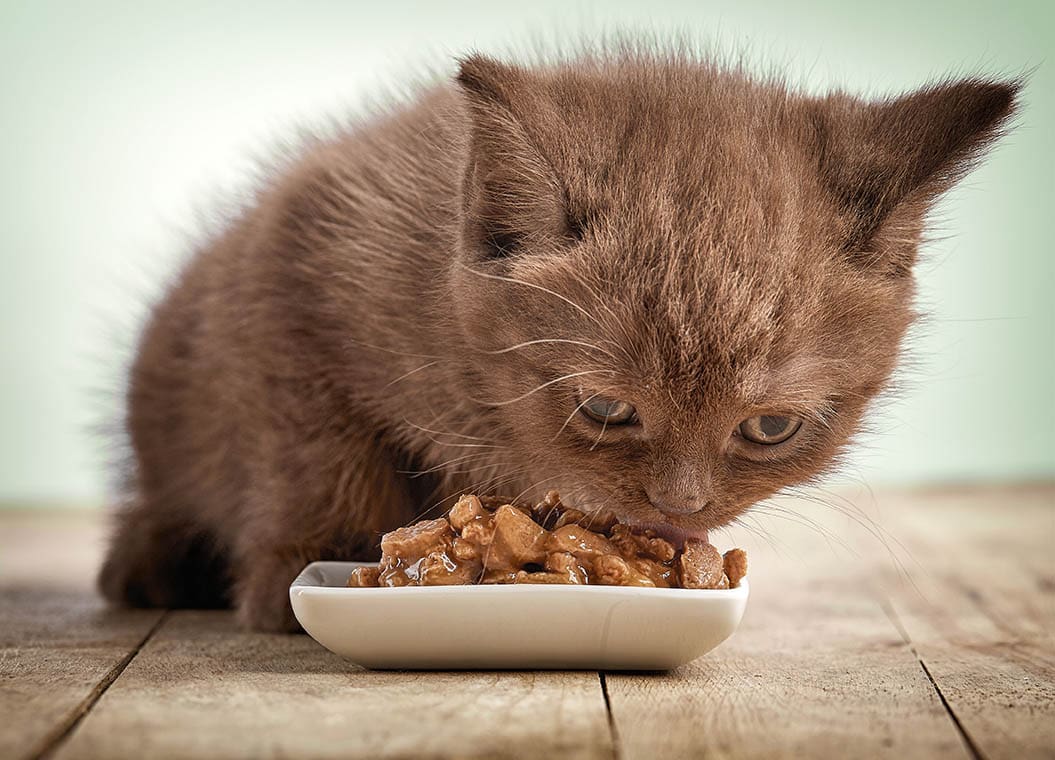
How Old Are Kittens When They Start to Drink Water?
Baby cats stay with their mothers constantly from birth until they’re about 4-5 weeks old, which is about when the weaning process usually starts. Kittens get all their hydration from their mother’s milk until then. Once they start drinking less milk, kittens must start consuming water independently.
They should have kitten-friendly water access when they reach about 4 weeks old. Kittens aren’t terribly coordinated until they hit about 6 weeks old, so most are fine eating and drinking from shallow saucers until they’re close to 2 months old.
If the kittens are only consuming wet food, however, their need to drink water will be greatly reduced.
Do Kittens Require Special Food?
Yes. Kittens have higher requirements for protein and calories than adult cats. They also benefit from diets that feature added calcium and phosphorus. Both wet and dry kitten foods are available. Wet food is usually easier for little kittens to handle than kibble during the initial stages of the weaning process. Tiny kittens may have trouble chewing dry food at first, but adding a bit of water sometimes helps.
Wet food has the added benefit of smelling great (to cats) and being full of moisture. Since kittens are primarily driven by smell, the scent of wet food can entice them to venture into the world of solid food. Because of its high water content, wet food provides a tasty source of hydration, which can be beneficial while kittens are weaning. The transition to adult food usually occurs when cats are about 1 year old, but veterinary advice should always be sought before switching from kitten to adult food, and the process should always be gradual.
Are There Ways to Encourage Kittens to Drink Enough?
Yes, but it depends mainly on the kitten’s age! Pets younger than 4 weeks old get all their hydration from their moms, so there’s usually no need to worry about healthy kittens who are nursing properly. During the transition period, giving kittens wet food is an easy way to increase their hydration, which can help ensure sufficient water intake before drinking and eating totally on their own.
Once kittens are old enough to be adopted and have reached their new family, there are a few ways to encourage them to consume enough water to stay healthy. Cats often prefer to have their food and water dishes in separate locations, and many like eating in quiet areas. The flowing water of cat fountains encourages some pets to drink more, and you can also use ceramic or stainless-steel bowls, which are easier to clean. Plastic bowls can harbor bacteria and odors that may convince some kittens to find water elsewhere.
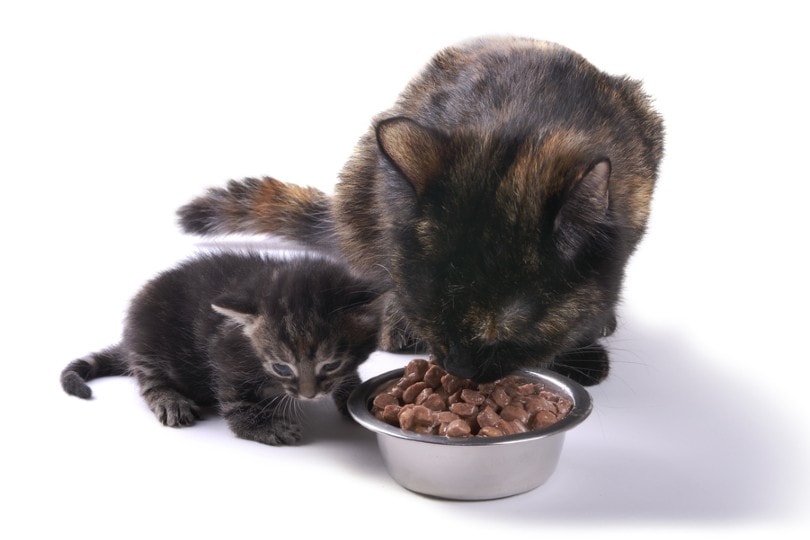

Conclusion
Kittens rely on milk to meet their nutritional needs in their first weeks of life, and the weaning process usually starts when they’re around 4 weeks old. They can then sample solid food and take exploratory sips of water. When raised by their mothers, weaning usually takes a few weeks at most; kittens are generally off milk by the time they reach 6 or 8 weeks old. Queens typically take care of the weaning process on their own by encouraging kittens to explore regular food options and discouraging nursing.
- https://www.petmd.com/cat/care/what-age-are-cats-fully-grown
- https://vcahospitals.com/know-your-pet/cat-breeds/maine-coon#:~:text=One%20of%20the%20slowest%20growing,full%20maturity%20until%20age%204.
- https://www.petmd.com/cat/breeds/siberian
- https://www.petmd.com/cat/care/what-age-are-cats-fully-grown
- https://www.petmd.com/cat/care/kitten-development-understanding-kittens-major-growth-milestones
- https://www.petmd.com/cat/nutrition/feeding-kittens-101-what-feed-how-much-and-how-often
Featured Image Credit: MaraZe, Shutterstock
